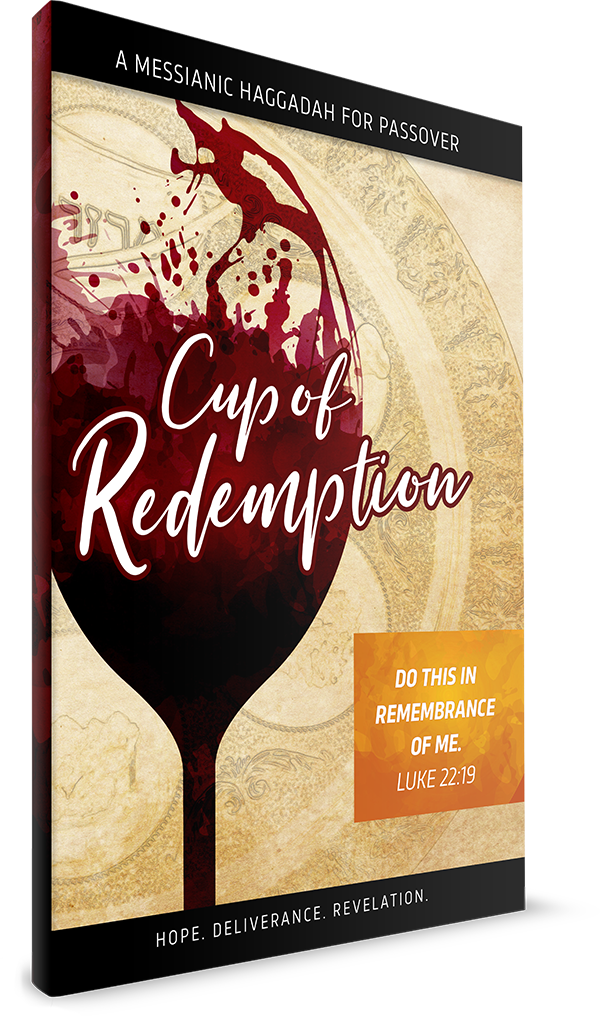The Sabbath Table
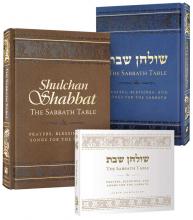
 |
 |
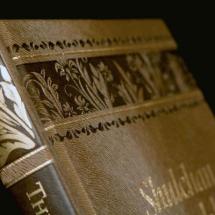 |
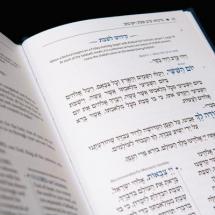 |
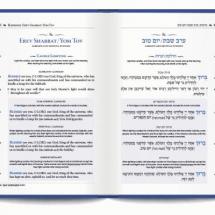 |
 |
Over the years I have seen and used several Messianic siddurs and Messianic Sabbath siddurs in particular. However, I have not been impressed by any of these. Both their quality and their approach to Jewish prayer has been lacking. For instance, one of the more popular siddurs has a section called the "Shemoneh Esrei," or the Eighteen Benedictions, the central and most important prayer of the prayer service. However, it only has about four or five of the eighteen benedictions, something which is not only unorthodox, but anticlimactic as well. Until now, I have never seen a Messianic siddur whose approach fully respected Jewish tradition, including the beautification of the mitzvah. The Sabbath Table by Vine of David, however, offers a much needed solution.
To start, it's hardbound with a leather-type cover, decorative embossing and gold gilding which makes it both visually appealing and an enjoyable tactile experience as well. This alone speaks volumes of the serious nature the publishers have taken to create a resource which will become a cornerstone of Messianic faith & practice. It comes in two versions, a right-bound Hebrew-English version (in blue) which has Hebrew on the right hand pages and English on the left, and a left-bound Transliterated Hebrew-English version (in brown) which has English on the left hand pages and transliterated Hebrew on the right. One of the beautiful aspects of these two versions is that no matter if a person can speak/read Hebrew or not, following someone who may be leading in Hebrew is easy, not only because of the transliterated version option, but because the page numbering is consistent from volume to volume. For instance, the section Zimerot for Erev Shabbat begins on pages 48-49 in both the Hebrew-English version and the Transliterated Hebrew-English version. This type of thoughtfulness will not only make The Sabbath Table approachable, but will sustain its use over time as well.
Aside from its aesthetically pleasing appearance, there are a few unique features about The Sabbath Table, which deserve attention. One feature unique to The Sabbath Table is the location designation system which goes beyond simple page numbering: In the side margins of the page, each prayer is given a number, and each paragraph a letter. This makes for quick reference for those trying to follow along. The leader can quickly and easily reference page number, prayer and paragraph. A leader could easily say, “Turn to page 32, blessing 16B.” The Sabbath Table contains the full Birkat Hamazon (Grace After Meals) for both Sabbaths and festivals, all of the blessings for Se’udah Shlishit (Three Meals) and Havdalah (the conclusion of Sabbath). It is also replete with a full repertoire of Sabbath zemirot (Songs), another unique feature for a Messianic Siddur.
Another feature is Messianic insertions and alternative versions of prayers. As the debate for the place of Messianic Gentiles continues, the inclusion of alternative Messianic Gentile prayers will be welcomed by some and frowned upon by others. As a Messianic Gentile, I personally appreciate these prayers. I appreciate one in particular, because I have never quite been comfortable with the last prayer of the Kiddush which concludes, “For you chose us and sanctified us from all of the peoples and lovingly and willingly let us inherit your holy Sabbath.” Yes, He has chosen those of us from among the nations, but He has not designated us as a distinct people group like he has the Jewish people. The alternative version is taken from the Apostolic Constitutions and is both beautiful and lofty in its language, speaking of the Sabbath as “a rest from creation, a completion of the world, a seeking of words of Torah, an expression of praise to God, to thank him for what he has given to mankind.”
Another nice feature is the commentary at the end of the siddur. There are around seventy pages of commentary in the back for the three main sections of the siddur: Prayers and Blessings, Zemirot (Songs) and Birkat Hamazon (Grace After Meals), which explain the "how's and why's" of most of the Sabbath traditions and benedictions. For instance, what is the traditional way to light the Sabbath candles? What all does one need have prepared or on hand in order to conduct an Erev Shabbat meal? How does one perform Kiddush or Havdalah? Why do we sing Shalom Aleichem? Why do we bless our children with this particular formula? The list goes on. Vine of David has taken the time to address these questions and many more, which will make your Sabbath table more enjoyable. There is also an audio companion disc available with the melodies of many of the blessings to accompany the siddur.
This release also gives us a sneak preview of the full siddur which has been in the works for several years. It should bring a heightened expectation of the quality and thought put into the forthcoming complete siddur. My disappointments in The Sabbath Table were minimal. First is the very small font sizes for the Hebrew text. It makes it difficult to read in the traditional, candle-lit setting of a Sabbath table. I also found the table of contents quite confusing. There are actually three tables of contents and you have to dig to find the last one (page 123). I think one Table of Contents at the beginning would have been more effective and less confusing. My last disappointment was to see that the printing was done in China. This aside, The Sabbath Table is a resource well worth your time to investigate and begin using to enhance your Sabbath experience among family and friends. Be sure to purchase multiple copies to have on hand for Sabbath guests.


